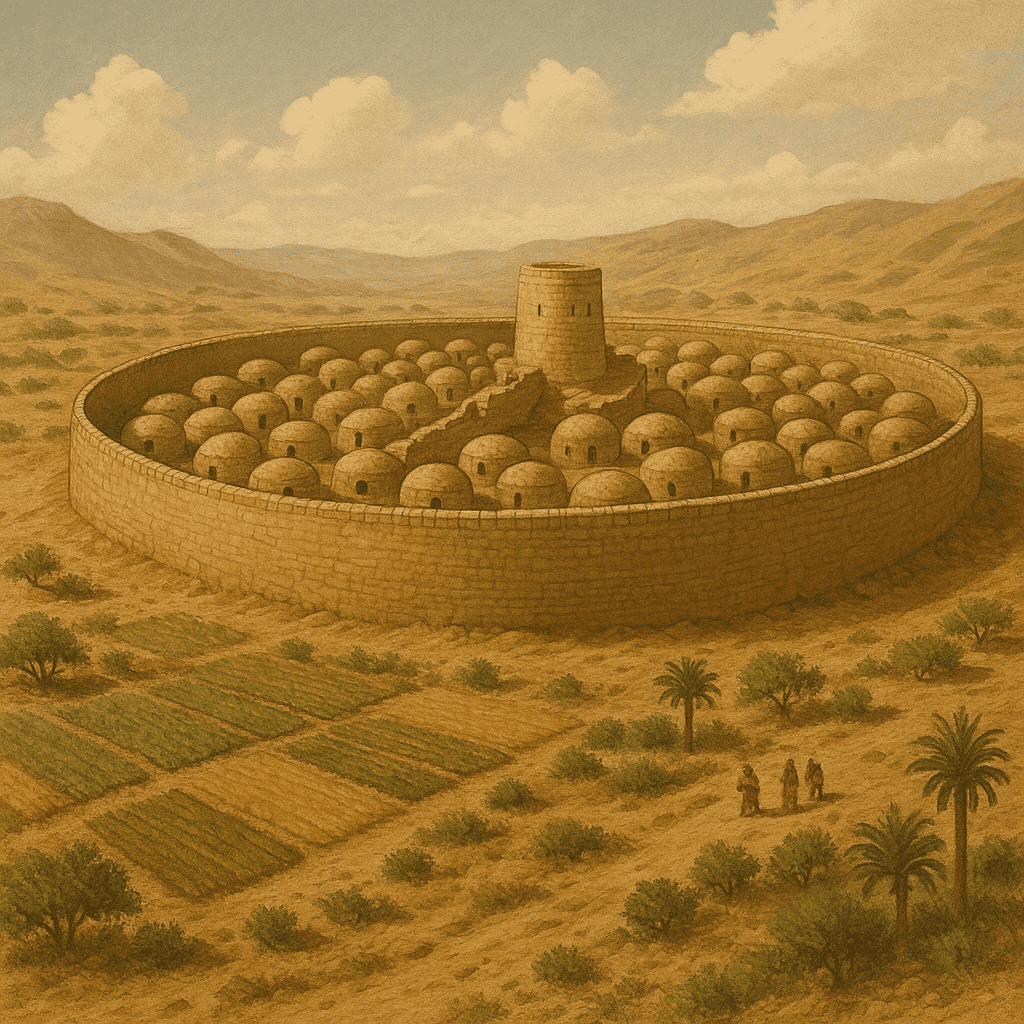
The Oldest Known City in the World

For as long as humans have walked the earth, we have sought shelter, community, and a place to belong. But there was a time when scattered tribes began to gather in permanent settlements, shaping the first cities. Among these, one site stands out as the oldest known urban center: Jericho, an ancient city whose history stretches back more than 10,000 years.
The Dawn of Urban Life
The Neolithic Revolution—when humans transitioned from hunting and gathering to agriculture—was the catalyst for city-building. In fertile river valleys and oases, people learned to cultivate crops, domesticate animals, and store food. With a steady food supply, populations grew, and temporary camps became permanent villages.
One of the earliest and most enduring of these was Jericho, located in the Jordan Valley near the Dead Sea. Archaeological evidence shows that people were living there as early as 9600 BCE—thousands of years before the pyramids of Egypt or the ziggurats of Mesopotamia.
Jericho's Strategic Location
Jericho's location was no accident. Nestled near a freshwater spring in an otherwise arid landscape, it offered both water and fertile soil. It sat at the crossroads of ancient trade routes linking the Levant, Mesopotamia, and Egypt. This made it a hub for commerce, culture, and innovation long before written history.
The city's earliest inhabitants built round mud-brick houses clustered together, surrounded by defensive walls. These walls—dating back to around 8000 BCE—are among the earliest known fortifications in human history, suggesting the community was organized and faced external threats.
Life in the World's First City
Jericho's people farmed wheat and barley, kept goats and sheep, and hunted wild game. Archaeological digs have revealed storage pits for grain, evidence of long-distance trade, and even decorative art. The famous Jericho Tower, a massive stone structure over 8 meters high, remains one of the great mysteries of early architecture. Some scholars believe it served as a defensive lookout; others think it had religious or astronomical significance.
The presence of such monumental architecture indicates a level of social cooperation and leadership far beyond that of simple villages.
From Prehistory to Civilization
Jericho flourished for millennia, surviving through multiple cultural phases. It witnessed the rise and fall of the Natufian culture, the Pre-Pottery Neolithic, and later Bronze Age civilizations. By the time written records emerged, Jericho was already ancient, with layers upon layers of human occupation.
The city is famously mentioned in the Bible, particularly in the Book of Joshua, as the first Canaanite city conquered by the Israelites. Whether taken literally or symbolically, this account reflects Jericho's significance as a formidable and storied city in the ancient Near East.
Challenges of the Ancient World
Jericho's long history was punctuated by destruction and rebuilding. Earthquakes, invasions, and shifts in trade routes repeatedly brought decline, but the city's strategic location ensured its survival. Few places on Earth can boast such continuous habitation across so many eras.
Today, Jericho is a living city in the Palestinian Territories, still inhabited after more than ten millennia. Archaeological work at Tell es-Sultan, the ancient mound just outside the modern town, continues to reveal new insights into humanity's first steps toward urban life.
The story of Jericho is more than just the story of a single city—it is the story of civilization itself. It shows that the roots of our modern cities stretch deep into the past, to a time when the idea of living together in one place was a radical innovation.


